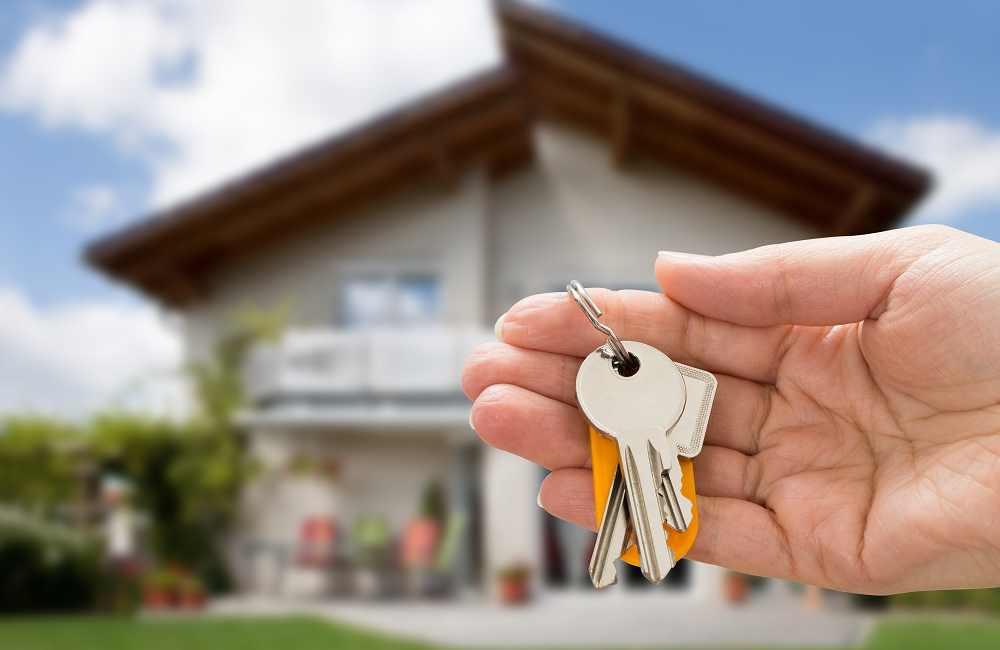July 9, 2018

Buying a home is big deal. Typically, you take steps like setting a realistic home budget range, checking your credit score, deciding what you value in a neighborhood or city, determining what mortgage level for which you qualify, getting your down payment ready, and, of course, starting to look for the "perfect" home.
Home buying can be an overwhelming and stressful process – especially when it comes to the contract review. But, buying the home will be less stressful if you know what you're in for.
Here are seven steps regarding the home's energy, health, and safety to inform your home-buying decision.
- Get a home inspection PLUS a home energy audit. Before you make an offer on a home, you should get a home inspection (average cost: $350-$600; time: 2-3 hours). Some home inspections don't automatically include specific tests like radon or pest inspections – get both!
It's also worthwhile to get an energy audit ($300-$500 depending on house size, geographic region, and complexity of the home; time: 2-4 hours). The energy audit is important for any home and especially important for older homes. Some older homes, especially pre-1970, that were built prior to any energy code, have little insulation. Homes prior to 1930 have literally no insulation or air sealing. And, remember, once the auditor, inspector, and your realtor finish their jobs, and the current occupants move out, the responsibility of every part of the house falls on you.
So, if you fall in love with that 1930s Victorian or 1850s farmhouse, you'll want to factor in the energy ramifications. We're not saying don't buy it – it may be an amazing place – just know in advance that you may need to outlay some funds for energy, indoor environment, and air quality upgrades to make you and your family comfortable throughout the seasons. - Add an indoor environment and indoor air quality evaluation. An indoor environment and indoor air quality (IAQ) evaluation can sometimes be added on the energy audit for an additional cost. Some contractors specialize in these types of evaluations, which cost $200 and up.
To provide the most information to you as a homebuyer, we would recommend having a BPI Healthy Home Evaluator (a Building Analyst plus health and indoor environment knowledge) perform both the energy audit and environmental and indoor air quality (IAQ) evaluation.
You may want to get your home inspection done and then have the Building Analyst or Healthy Home Evaluator come after. The benefit of the energy audit report and IAQ evaluation is that it's the prescription for how to prioritize improvements to the home to get the most significant energy savings and improve the indoor environment. - Ask the realtor for information. Ask for the home's energy bills for the previous 12-24 months so you can understand how much the home costs to operate. If it's a newer home, research the builder. Are there any claims against them for any defective work? Also ask the Realtor if the owner had an energy audit done previously or if they had their home "scored" (e.g., Home Energy Score*). If the owner did either, request a copy of the report.
- Use the BPI Locator Tool to find a BPI Building Analyst or Healthy Home Evaluator in your area. Just click on the radio buttons for "energy audit" or "healthy and safety" in the locator tool.
- Be present and attentive at all inspections and audits. Follow the inspector and energy auditor, as much as you can, throughout the home. During, or after, these inspections or audits, you’ll find out the answers to crucial questions such as:
- Is the home missing insulation? Do the floors, walls, ceilings, and attic all have proper levels of insulation?
- Are there signs of mold or dampness?
- What are the age, make, and model of the appliances in the home? How much do they cost to run?
- Use your reports for your negotiation. After you receive your audit and inspection reports, assuming you're still in the negotiation phase, you can often ask for a reduction in price if the cost of fixing issues is over a certain amount or you can get the justification to back out if certain major issues (e.g., mold, structural issues) are found.
- Learn about building science. During the pre-home buying process, you may also want to consider learning the science behind your home's systems. The Building Science Principles (BSP) Reference Guide is perfect for new home buyers. Complete with images and easy-to-understand language, the BSP enables you to learn how air flows through your home, how your furnace works, what appliance labels you should look for, and much more. This 275-page book can be your "go-to" when you have a question about your home.

Follow us